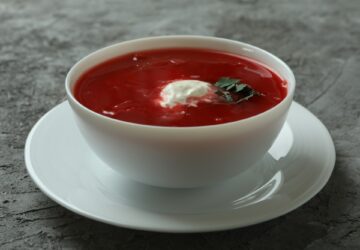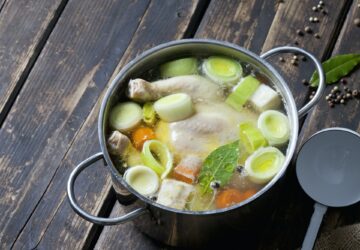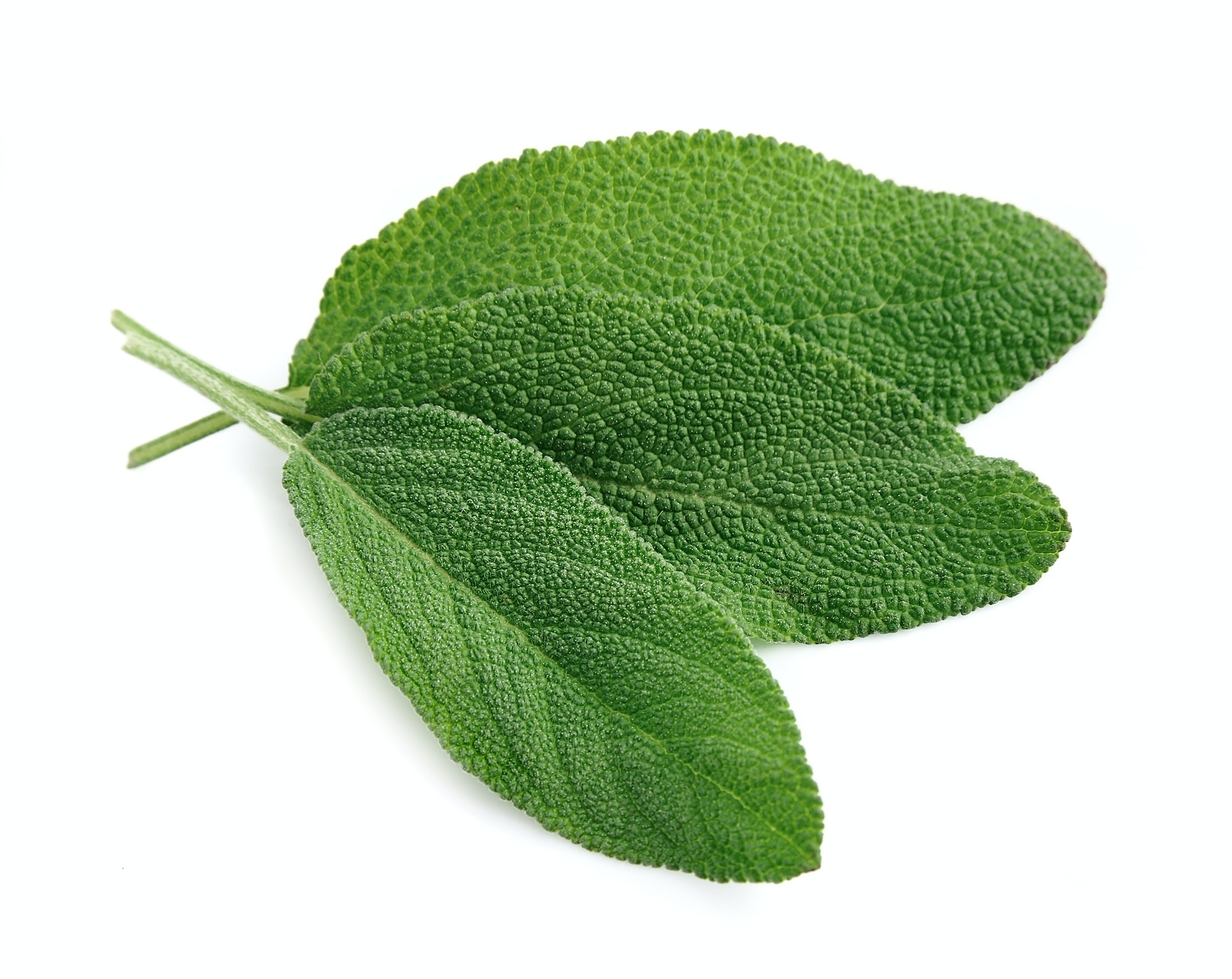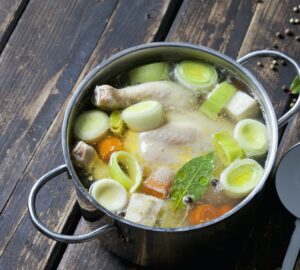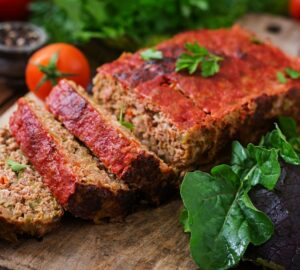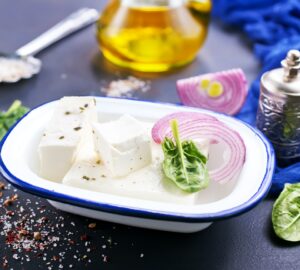Sage is a perennial herb belonging to the Lamiaceae family, native to the Mediterranean region. It is characterized by its soft, velvety, gray-green leaves that grow on woody stems. Sage has a strong, aromatic fragrance and a complex flavor profile that is earthy, slightly bitter, and subtly minty with a hint of citrus. This herb is a popular ingredient in various culinary traditions, particularly in Mediterranean and European cuisines, and is often used in dishes featuring poultry, pork, and game.
Sage Flavor Pairings:
Sage’s distinct and versatile flavor profile allows it to pair well with numerous ingredients, enhancing and adding depth to various dishes. Here are some popular flavor pairings with sage:
Poultry: Sage is often used to season poultry, such as chicken, turkey, and duck. Its earthy, slightly bitter flavor complements the natural taste of the meat, making it ideal for roasting, grilling, or sautéing.
Pork: Sage pairs exceptionally well with pork, whether it is used in a marinade, seasoning rub, or incorporated into a sauce. The herb’s robust flavor cuts through the richness of the meat, creating a harmonious balance.
Vegetables: Sage works well with a variety of vegetables, such as butternut squash, sweet potatoes, carrots, and onions. It can be used in roasted, grilled, or sautéed vegetable dishes, adding an earthy and complex flavor.
Beans and Legumes: Sage’s earthy flavor pairs well with beans and legumes, such as cannellini beans, chickpeas, and lentils. It can be used in soups, stews, or salads to add depth and aroma.
Cheese: Sage complements the flavors of many cheeses, particularly those with a strong, earthy taste, such as Gorgonzola, Cheddar, and Fontina. It can be used in cheese-based dishes like pasta, risotto, or stuffed mushrooms.
Garlic and Onion: The combination of sage, garlic, and onion is a classic flavor pairing found in many dishes, from soups and stews to roasted meats and vegetables. The bold flavors of these ingredients complement each other well, creating a harmonious taste.
Herbs: Sage can be combined with other herbs, such as thyme, rosemary, and parsley, to create flavorful and aromatic herb blends for seasoning meats, vegetables, or sauces.
Butter: Sage-infused butter is a popular condiment for pasta, gnocchi, or risotto, where the herb’s distinctive flavor adds an aromatic and delicious twist.
Nuts: Sage pairs well with nuts, such as walnuts, pine nuts, and hazelnuts. It can be used in pesto, sauces, or baked goods to add a touch of warmth and complexity.
Apples: Sage’s earthy flavor profile complements the natural sweetness and tartness of apples, making it a great addition to apple-based dishes like stuffing, chutneys, or savory tarts.
Sage is a versatile and flavorful herb that adds depth and aroma to a wide range of dishes. Its distinct, earthy taste pairs well with various ingredients, making it a valuable addition to any kitchen looking to explore the flavors of Mediterranean or European cuisine or simply to add a touch of complexity to everyday dishes. By incorporating sage into your cooking, you can elevate your recipes with its unique and bold taste.
